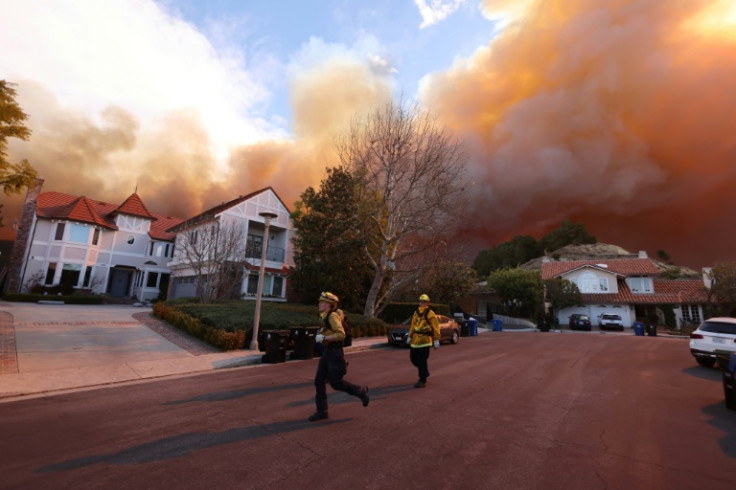Los Angeles Wildfires: Five Reasons This Could Be The Start Of An Alarming New Normal
Fire seasons, which were once limited to a few months, now seem to be a constant threat

The wildfires in Los Angeles, which have claimed five lives and destroyed more than 1,000 structures, highlight a growing concern about the future in Southern California and beyond.
Fire seasons, which were once limited to a few months, now seem to be a wider threat. These fast-moving fires have cost the nation $18.9 billion between 2001 and 2020, according to Forbes.
Fire dangers have evolved. Areas without major wildfires in the past are not immune to future threats.
The LA fires are a warning of what could happen if we don't act.
Here are five reasons why the LA fires may represent a new, disturbing normal:
1. Longer Periods of Elevated Fire Weather
Extreme fire weather happens through a combination of high temperatures, dryness, available fuel and strong winds. Southern California has been facing these conditions since July.
In the past, fire seasons were seasonal, peaking in late summer and fall. Now it is a year-round threat.
2. When Dry Conditions and Wind Events Combine
Southern California often has strong winds but the region is dealing with persistent dryness. Rain would help lower the fire risk in fall and early winter, but the dry conditions have lasted into January.
Winds can make fires move at incredible speeds—up to three football fields per minute. They can also carry flames over roads and natural barriers.
3. Hot Summers, No Rains
This summer in Southern California was especially hot and saw two years of above-average rainfall before the dry spell. While rain can be beneficial, it promotes extra vegetation growth. As these plants dry out, they become fuel for fires.
4. Rising Frequency of Fire Weather Nationwide
A study by Deep Sky Research shows that extreme fire weather is becoming more common in other areas of the U.S. Places that haven't experienced wildfires could now at higher risk because of changing climate patterns.
5. Historical Link Between Wildfires and Fire Weather
The worst wildfires in U.S. history, such as the Camp Fire in 2018, the Bay Area Fires in 2020, the Dixie Fires in 2021, and the Yellowstone Fires in 1988, occurred during extreme fire weather.
While fires can start for many reasons, it's the extreme fire weather that causes them to spread quickly and become deadly.
© Copyright IBTimes 2024. All rights reserved.





















